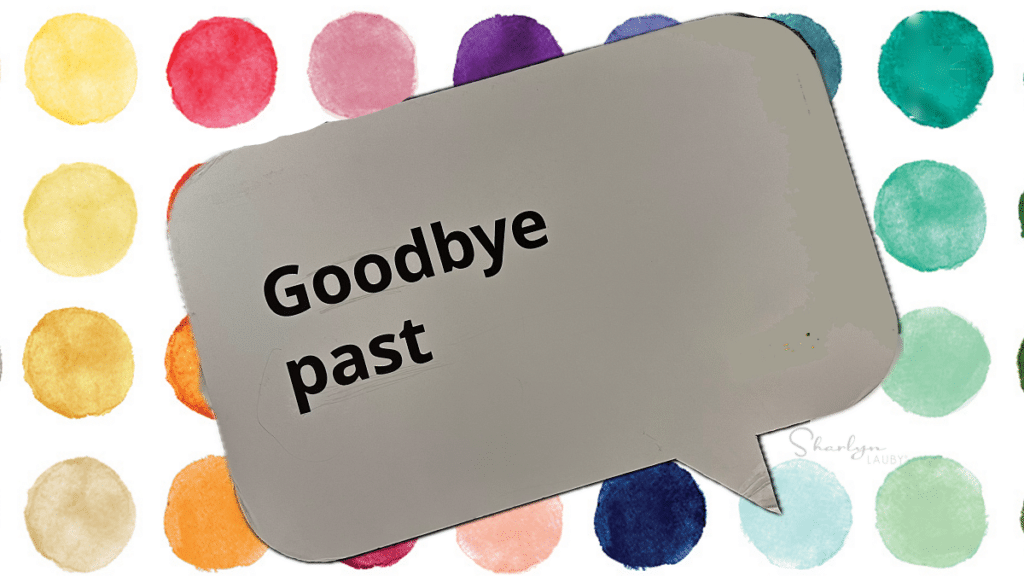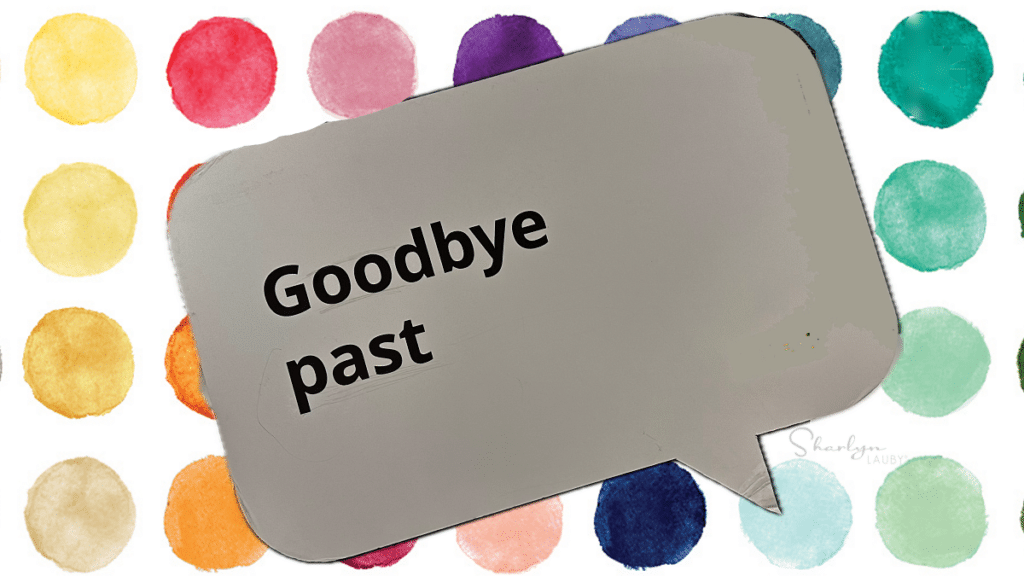
Estimated reading time: 3 minutes
Personal story. Mr. Bartender and I live in a neighborhood with some construction going on behind our home. When the construction started, we decided to we would wait to see what the outcome looks like before making any major decisions / changes to our backyard. I’m sure our neighbors think we’re making a big mistake, but we don’t want to make a change only to have to make another change once the construction is done.
Sometimes this happens at work as well. Organizations know they need to make a change, so they do … and then discover they need to make a second change. Which is frustrating because they spent time and resources making the first change. Now they must spend more time and more resources making a second change. If they had only waited a little longer, maybe they would have only had to manage one change.
While we can’t predict the future, I think it’s safe to say that it will involve change. When we’re presented with upcoming changes, it could make some sense to take a moment to evaluate if this change needs to be dealt with immediately or it can wait a little while. Maybe see how others are dealing with the change for some creative inspiration. Here are a couple of previous HR Bartender articles dealing with this exact topic – managing the timeline for change.
Change Management Thrives When We Take Time to Stop
While change will always be a part of our lives, we don’t have to always be in a constant state of change. Or at least not be in a constant state of major change. As individuals, having a few moments to stop, breathe, and celebrate our success can be exactly the motivation we need to tackle the next big change coming our way.
Change Management: Pause to Reflect Before Taking the First Step
Remember Lewin’s change model? It has three steps: Unfreeze, Change, Refreeze. To me, that first step – unfreeze – is difficult. We’re letting go of something. It might be a policy or procedure that we knew how to do without hesitation. Or making the decision to leave our employer or team. Or maybe not doing business with a particular company any longer. Take time to reflect and process what’s happening before “unfreezing”. It could make the change process easier.
If we manage change well, not only could it take less time and fewer resources, but employees might embrace the change faster. For example, have you ever worked with an organization that processes change quickly and does a poor job of it? People don’t embrace their change right away because “it’s only a matter of time and they’ll change it again”. And sure enough, they do.
Managing change well applies in both our professional and personal lives. We cannot avoid necessary and required changes. We can ask good questions about the timeline for implementing change and include that in our change management process. Ultimately, when we manage change well, it becomes sustainable – whether that’s in our personal or professional lives. Isn’t that what we’re looking for? Sustainable change.
Image captured by Sharlyn Lauby while exploring the streets of Fort Lauderdale, FL
The post Sustainable Change Management Takes Time appeared first on hr bartender.









